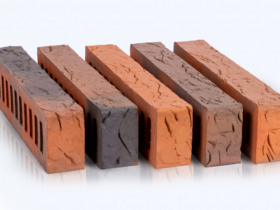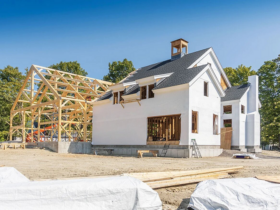On radio and television, information about an increase in the number of thefts with the advent of the summer season is increasingly sounding. Moreover, the thieves do not disregard either city apartments, nor country houses, nor cottages. Which in turn explains the ever -increasing interest of owners of apartments and houses in security systems. Modern home alarm allows you to control the condition of the property, regardless of the distance between the owner and the house.
The composition of the home alarm includes a central block and security sensors, of a different type. At the same time, the alarm in the house can be installed even by a person who has never encountered security systems. This became possible after the appearance of wireless security systems in which all security sensors are wireless, and equipped with autonomous power sources. Wireless home alarm accepted information from sensors and, in the event of either penetration or a malfunction, the central block sends a message via GSM to one of the programmed phone numbers. Different models allow you to save in memory of the control unit from two to ten or more numbers of the hosts, to which an alarming messages will then be sent. If the attacker tries to sabotage the alarm in the house, or the signal of the cellular network will disappear, then the central signaling unit will immediately give a signal to the siren. The alarm for the home has its own specifics, but at the same time such a system is designed in such a way as to provide maximum protection for small objects. Such systems use infrared motion detection sensors that allow you to detect an attacker if he penetrated your house at the time of your absence. In addition, a home alarm may include glass breakdown sensors that react to the sound of beating glass. Such sensors combine Peches element and acoustic microphone. The microphone perceives acoustic fluctuations, and the puzuzoelectric element reacts to the infrared radiation, which comes from any living object. Thus, combined acoustic sensors react to the sound of beating glass, and also allow you to track down an attacker. Also, the alarm in the house can be installed in such a way as to react also to vibration and flooding. For this, special sensors have been developed, which are installed on the walls and ceilings. The work of such sensors is based on the use of tenzensosens that respond to vibration. Sensitivity of sensors is adjusted, which avoids false work. To control the flooding of the room in home alarm, special flooding sensors are used. Home alarm can include an unlimited number of such sensors. Summary sensors are triggered when water enters the floor of the room.
To monitor the state of the door, special opening sensors are used, which are called HoCons. Magnetic contacts are installed on the doors and on the door frame. The principle of operation is that at the moment when the door is closed in a closed state, when the door opens, the contact of the sensor opens and an alarming message comes to the central signaling unit in the house. The alarm in the house will not affect the work of other household appliances. Sensors can be divided into zones, while when the sensor is triggered, at the moment when the system is in security mode, a brief message is sent to the host’s phone with information about the penetration zone








